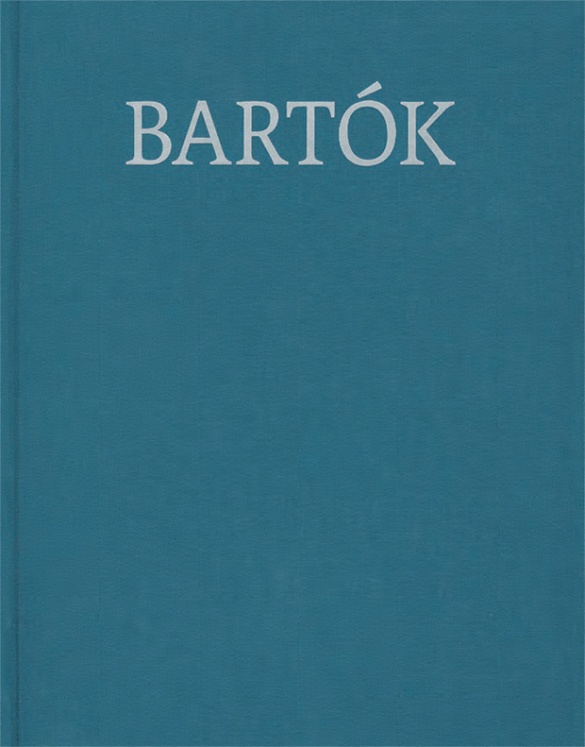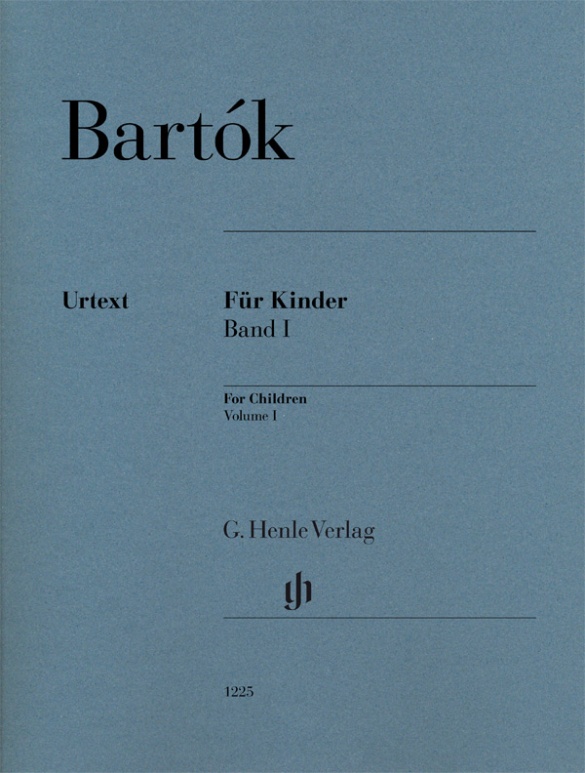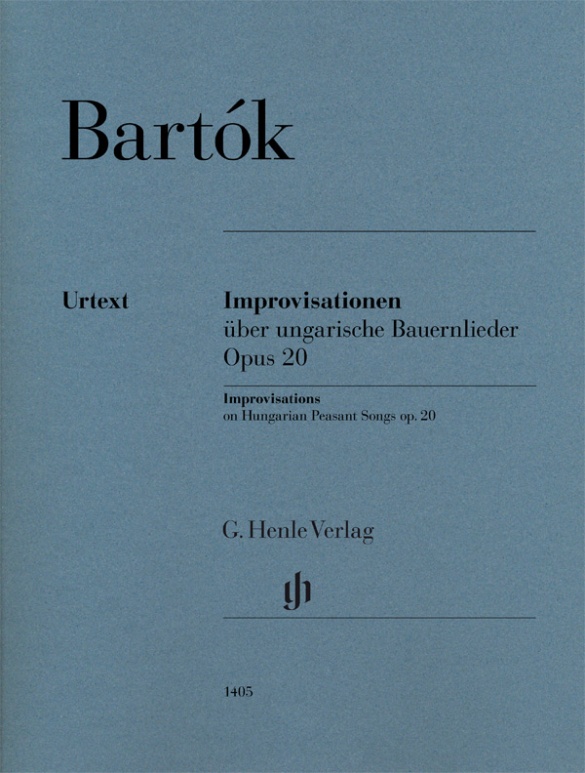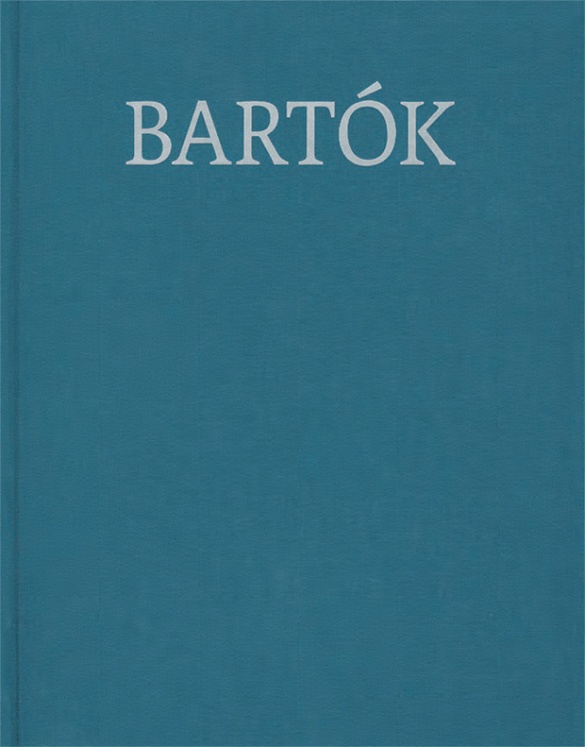

Béla Bartók
Vol. 37 | For Children, Early Version and Revised Version
Content/Details
About the Composer
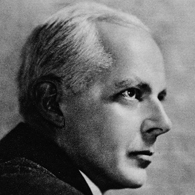
Béla Bartók
This composer, who numbers among the most important musical figures in the first half of the twentieth century, is known principally for his research into Hungarian folk music, the elements of which he incorporated into his style. His broad oeuvre includes numerous works for orchestra, piano, and chamber ensembles, as well as choral music; songs with piano accompaniment; and an opera.
| 1881 | Born in Nagyszentmiklós on March 25. First piano instruction from his mother. |
| 1893–ca. 1896 | Piano studies with László Erkel in Pressburg (Bratislava). |
| 1899–1903 | Studies piano and composition at the Budapest Academy of Music. Symphonic poem “Kossuth” in 1903. |
| from 1905 | Together with Zóltan Kodály he begins scientific field research into Hungarian folk music and thereby refutes conventional notions. He becomes acquainted with the music of Debussy. |
| 1905–07 | Suite No. 2, Op. 4, for small orchestra. |
| 1907–34 | Professor of piano in Budapest. |
| 1908–09 | “For Children,” 85 transcriptions of folk songs for piano, later only 79. |
| 1915–17 | String Quartet No. 2, Op. 17, with percussive playing techniques. |
| 1917 | Premiere of his ballet “The Wooden Prince.” |
| 1918 | Premiere of “Bluebeard’s Castle,” Op. 11 (composed 1911), partially based on the sounds of French music. |
| 1920 | Improvisations on Hungarian Peasant Songs, Op. 20. |
| 1926 | Performance of the pantomime “The Miraculous Mandarin.” Piano cycle “Out of Doors.” |
| 1926–39 | “Mikrokosmos” for piano (six volumes). |
| from 1934 | Editor of the complete edition of Hungarian folk music. |
| 1936 | Music for Strings, Percussion and Celesta as avant-garde work. |
| 1937–38 | Concerto (No. 2) for violin and orchestra. |
| 1940 | Emigrates to the United States. |
| 1945 | Piano Concerto No. 3; his concerto for viola remains unfinished. Death in New York on September 26. |
Product Safety Informations (GPSR)

G. Henle Verlag
Here you can find the information about the manufacturer of the product.G. Henle Verlag e.K.
Forstenrieder Allee 122
81476 München
Germany
info@henle.de
www.henle.com
Die von langer Hand umsichtig geplante Vorbereitung setzt die Editoren der Gesamtausgabe jetzt in den Stand, auch auf ältere Forschungserträge des Bartók-Archivs zurückgreifen zu können. In Umfang und Gestaltung der Ausgabe - der einführende Kommentar liegt in englischer, ungarischer und deutscher Sprache vor, die Anmerkungen im Notenteil, die Anhänge (mit Übersetzung sämtlicher Liedtexte) und der Kritische Bericht auf Englisch - haben Herausgeber und Verlage keine Mühe gescheut; man darf freudig gespannt auf die folgenden Bände sein und den Verlagen danken für die umgehende Bereitstellung auch einer Zweitverwertung eines Teils der Editionsergebnisse in Form preisgünstiger, praktischer Ausgaben (HN 1225 und 1226).
Die Tonkunst, 2018The current volume sets the bar high for the rest of the series as it has to deal with the fact that there are two different versions of For children. It publishes them side by side which makes for very easy comparison. (...) The publication concludes with a critical commentary of illuminating richness, adressing the exact source of each melody, the various differences between versions and interpretations of obvious misprints and lacunae. Henle/EMB must als be credited, in these days of cultural austerity, for producing a volume of outstanding beauty and robustness. Bound in a subtle blue/green cloth with embossed silver lettering and stitched binding, the book is a pleasure to hold. The musical text is clear and elegant and invites performance.
Brio: Journal of IAML, 2018recommendations
autogenerated_cross_selling
Further editions of this title


